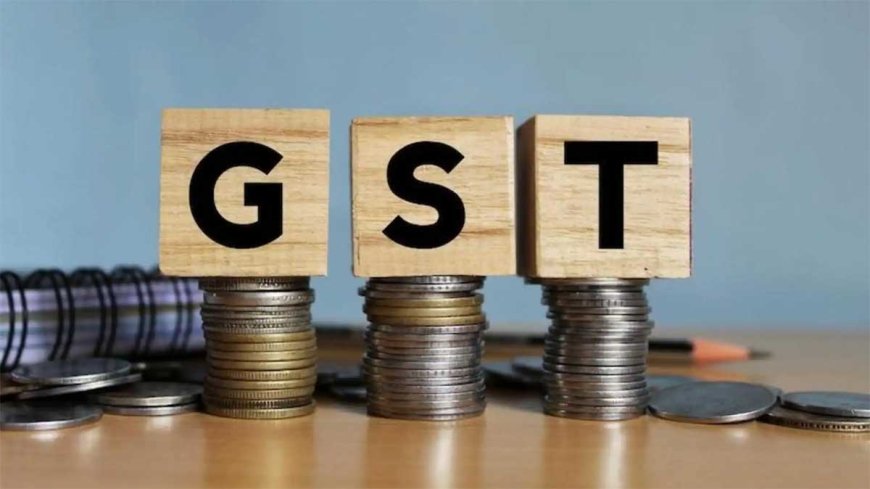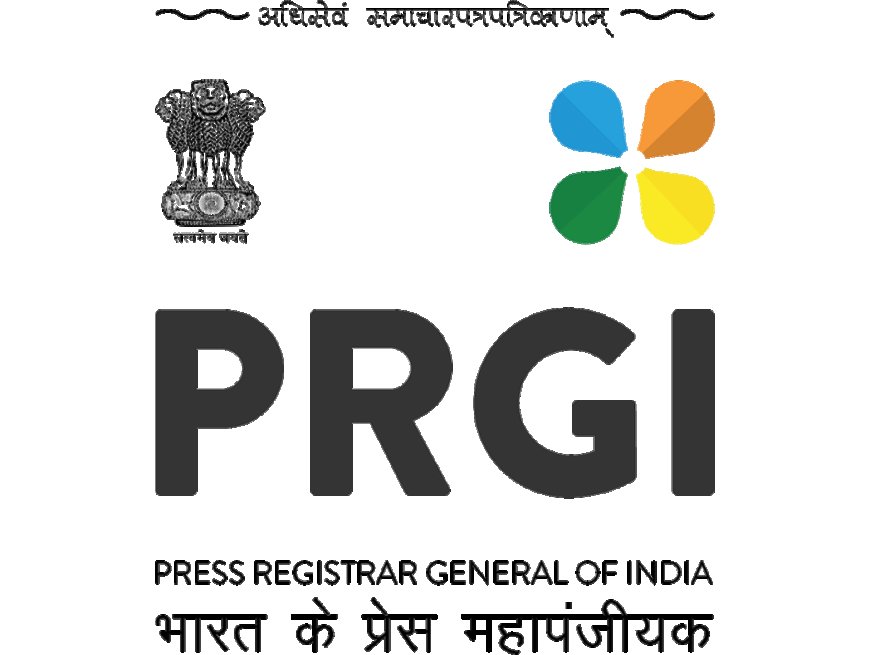Economic Bullishness: GST Jumps 7.5% in July; Factory Output Hits 16‑Month High Amid Geopolitical Stress
India’s GST collections rose 7.5% in July 2025 to ₹1.96 lakh crore, while manufacturing PMI reached a 16‑month high at 59.1, signalling strong economic resilience despite geopolitical headwinds.

New Delhi, August 3, 2025 — India’s macroeconomic fundamentals show signs of robust momentum as GST collections surged by 7.5% year-on-year in July and factory activity climbed to a 16-month high, underscoring resilience amid global uncertainties.
GST Mop‑Up Signals Stable Demand
Government data released on August 1 reported that gross GST collections in July reached ₹1.96 lakh crore, increasing 7.5% from ₹1.82 lakh crore in July 2024 The Times of India+8The Economic Times+8The Economic Times+8. While domestic receipts rose nearly 6.7%, import-related tax revenue grew about 9.7%, reflecting revived trade activity despite trade tensions The Times of India.
Between April and July, total GST revenue reached ₹8.18 lakh crore—a 10.7% increase compared to the same period last year The Economic Times+3Organiser+3www.ndtv.com+3. Despite slower growth compared to earlier months, this marks the seventh consecutive month of collections exceeding ₹1.8 lakh crore.
Tax experts attribute strong compliance and faster refund processing—including a nearly 67% increase in refunds to ₹27,147 crore—as contributors to improved liquidity for businesses and sustainability of revenue flow en.wikipedia.org+11Organiser+11www.ndtv.com+11The Times of India.
Manufacturing PMI Reaches 16‑Month Zenith
At the same time, the HSBC/S&P Global Flash Manufacturing PMI for July rose to 59.1, the highest reading in 16 months and up from 58.4 in June tradingeconomics.com+5Business Standard+5The Economic Times+5. Demand, both domestic and export-driven, accelerated sharply: new orders surged to a near five‑year high and output reached a 15‑month peak finblage.com+3Business Standard+3The Economic Times+3.
This manufacturing momentum helped lift the composite PMI to 60.7, indicating sustained growth across services and industry sectors, though business confidence slipped to its lowest level since March 2023 due to inflationary pressures and rising competition finblage.com+4ddnews.gov.in+4Reuters+4.
Why It Matters: Resilience Under Pressure
Together, these indicators paint a positive picture:
-
GST performance reflects growing formalization, resilient domestic consumption, and export strength even as economic headwinds mount.
-
Robust factory activity suggests industrial firms are benefitting from pent-up demand and global supply chain shifts.
Amid geopolitical tensions and threats of trade barriers—such as proposed U.S. tariffs—the data underlines India’s ability to absorb external shocks and maintain momentum.
Expert Perspectives and Economic Outlook
Tax analysts from EY and KPMG welcomed the growth trend. Abhishek Jain of KPMG remarked that higher refunds and compliance demonstrate maturity of the GST system and strengthen enterprise cash flow.
Pranjul Bhandari, chief India economist at HSBC, cautioned that despite strong output gains, “business sentiment has weakened, and employment growth has decelerated to a 15‑month low” ReutersMoneycontrolThe Economic Times+4Reuters+4Business Standard+4. These concerns hint at structural challenges ahead in maintaining holistic economic expansion.
Key Metrics at a Glance
| Metric | July 2025 Figures |
|---|---|
| GST Gross Revenue | ₹1.96 lakh crore (+7.5% YoY) |
| Refund Outflow | ₹27,147 crore (+67%) |
| Aggregate GST (Apr–Jul) | ₹8.18 lakh crore (+10.7% YoY) |
| Manufacturing PMI | 59.1 (16-month high) |
| Composite PMI | 60.7 (continued expansion) |
| Business Confidence | Lowest since March 2023 |
| Employment Growth | 15‑month low |
What Lies Ahead
As fiscal momentum persists, policymakers may consider further rationalizing GST processes and offering targeted stimulus to boost job creation. Meanwhile, the Reserve Bank of India will closely monitor inflation trends amid input cost pressures.
Businesses and investors should watch for the August inflation and employment reports to gauge whether economic resilience is broad-based or concentrated in certain sectors.
Conclusion
The August data on GST collections and manufacturing activity highlight India’s surprising economic robustness in a season of global uncertainty. Robust compliance, rising exports, and strong industrial output suggest a resilient ecosystem. Yet muted sentiment and slower hiring signal areas requiring attention. Overall, the picture is cautiously optimistic.











